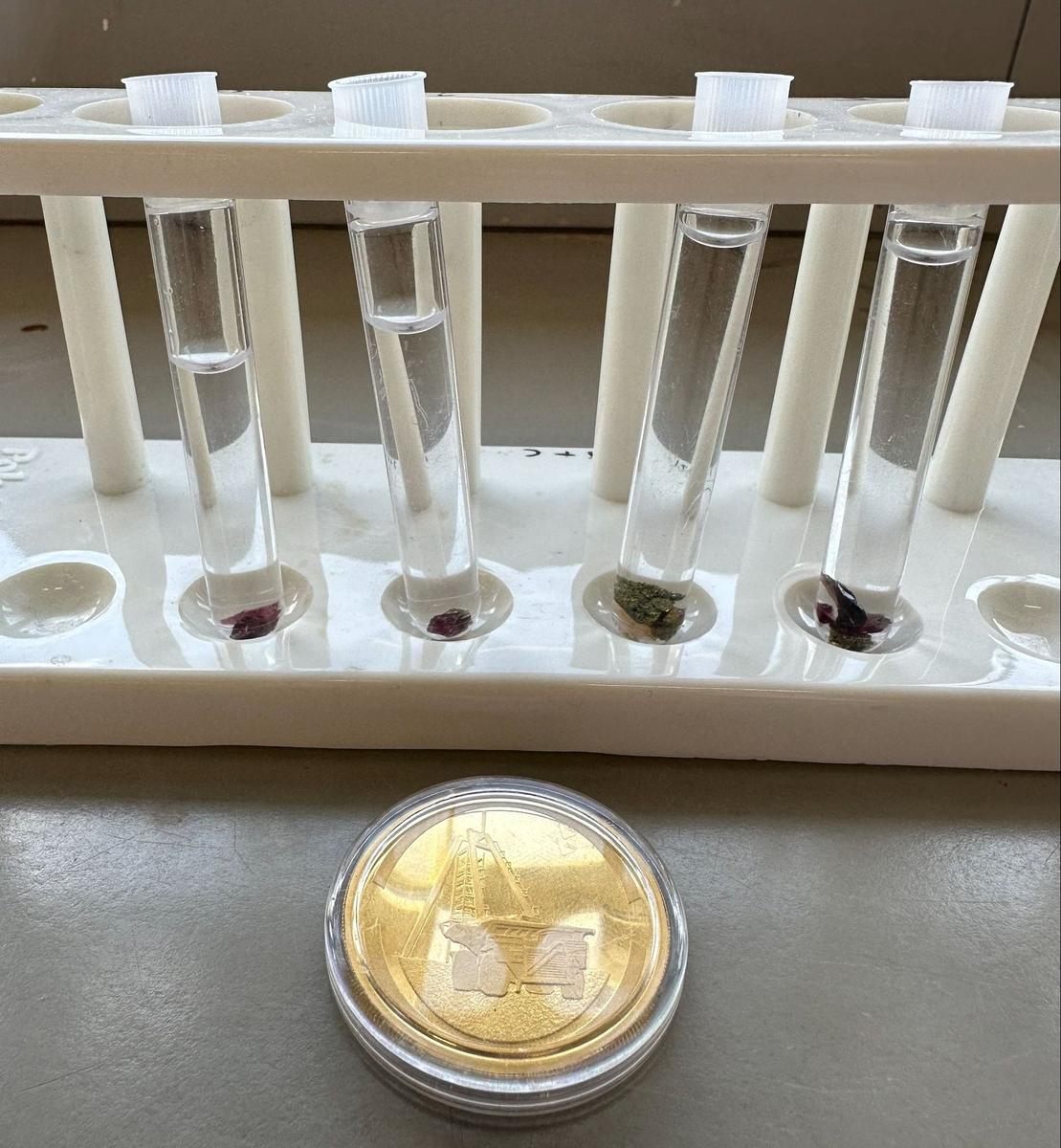Science Domain
Marc Lewandowski, Science Domain Leader

Science Domain
Marc Lewandowski, Science Domain Leader
Year 10 Marine Biology Science Elective – Casey Irwin
In Term 4 the Marine Science class learned about marine ecosystems including coral reefs, the midnight zone, mangrove forests, and the intertidal zone. On 3rd October we participated in an incursion facilitated by Josie Mulcahy, an aquatic scientist from Southern Ocean Education.
Students explored the different adaptations of marine organisms and learned how these adaptations helped them to thrive in different ecological niches. They also discussed the effects of human behaviour on marine habitats over time.


Live rockpool touch tank with organisms from the local Victorian intertidal zone, including sea stars, sea urchins, sea cucumbers, elephant snails, hermit crabs, cunjevoi, and sea sponges.




Teeth, jaws, vertebrae and ribs from different sharks and whales.




Students examined preserved specimens of a variety of marine taxa including sharks, puffer fish, sea turtles, crabs, rays, and sea horses.
Testimonial from Max Cunningham, Year 10 student
“First I would like to say that I thought that the Rockpool was a great learning experience because
- We got to learn about the animals by feeling them and seeing what they do
- We got to see the animals bones and understand their anatomy
I also had a great time at the incursion because I loved feeling the animals, especially the slimy ones.”
CSIRO STEM Professionals in Schools Partnership – Year 11 Chemistry Careers in the Mining industry “Be part of the solution”
Karyn Gardner is an experienced Principal Geologist and enrolled in the CSIRO STEM Professionals in School partnership to educate students in the wide range of career pathways available in the Mining industry. Karyn has worked in the industry for many years and delivered a short presentation which focussed on the Mining Value Chain, the critical elements in key products and the need for more of these in the future as part of the move to renewable energy technologies. To make this possible more graduates will be needed to step into these roles such as:
The presentation covered a ‘day in the life of a mine geologist’, what life is like on site in terms of work hours, rosters and infrastructure as well as the benefits of travel, flexible work locations and remuneration. Students enjoyed hearing from someone in the industry and it opened their eyes to the future direction of the Unit 1 – Area of Study 1 section of the VCE Chemistry course focussing on extracting metals and sustainability through the circular economy and recycling technologies. |


Karyn Gardner presenting to a class of Y11 Chemistry students


Sample of rock containing minerals
(iron pyrite and gold)


Sample metals and minerals with a pressed gold ingot
A few comments from the students:
“Opened my eyes to other opportunities that can come from doing a degree in science and having a career in the mining industry” Rhys Roelvink
“I found it interesting how Karen explained how working in mines was like, and how the geologists and miners work throughout the week in a different location then return back home to relax for a week” Rosalie Smith
“The presentation with the CSIRO STEM Professionals was a very insightful look into the mining industry and the many different career paths that can stem from science. It succinctly explained how one could get into this career pathway and perfectly summarised what it entails” Andy Grieve